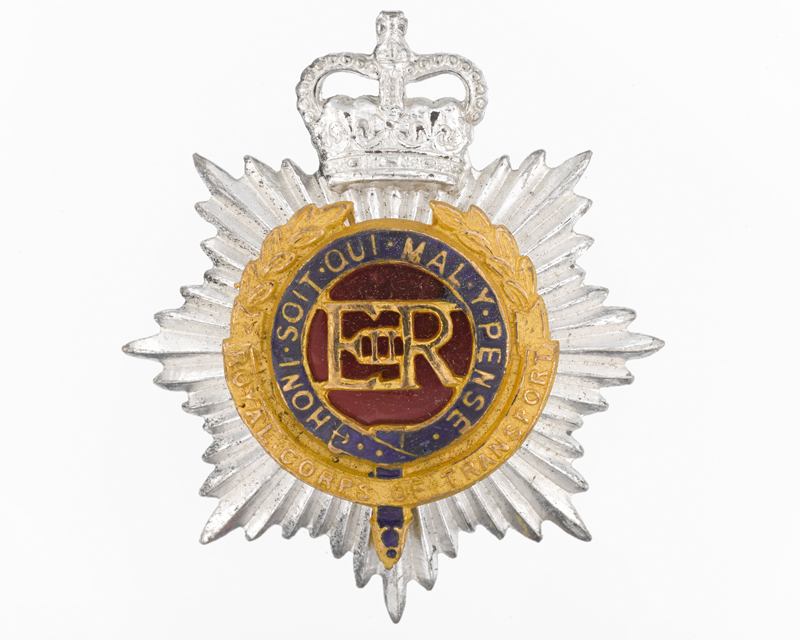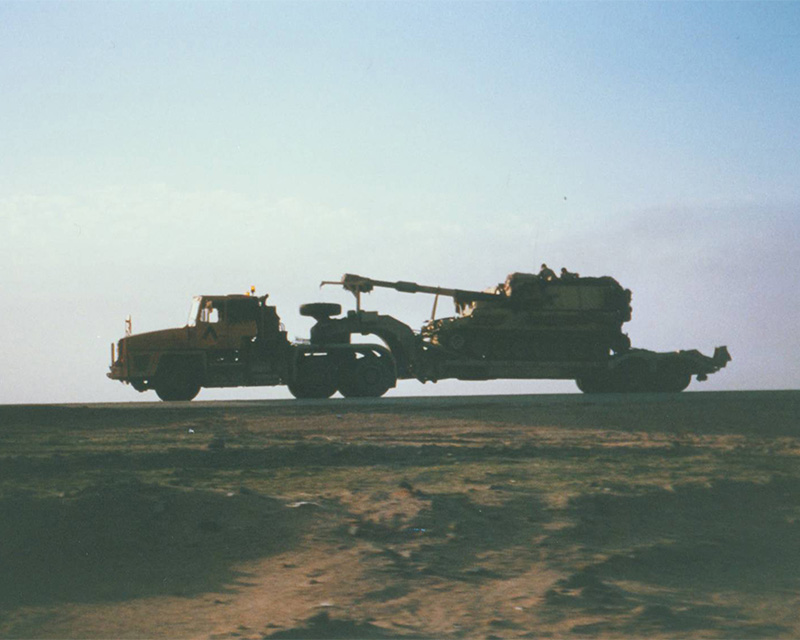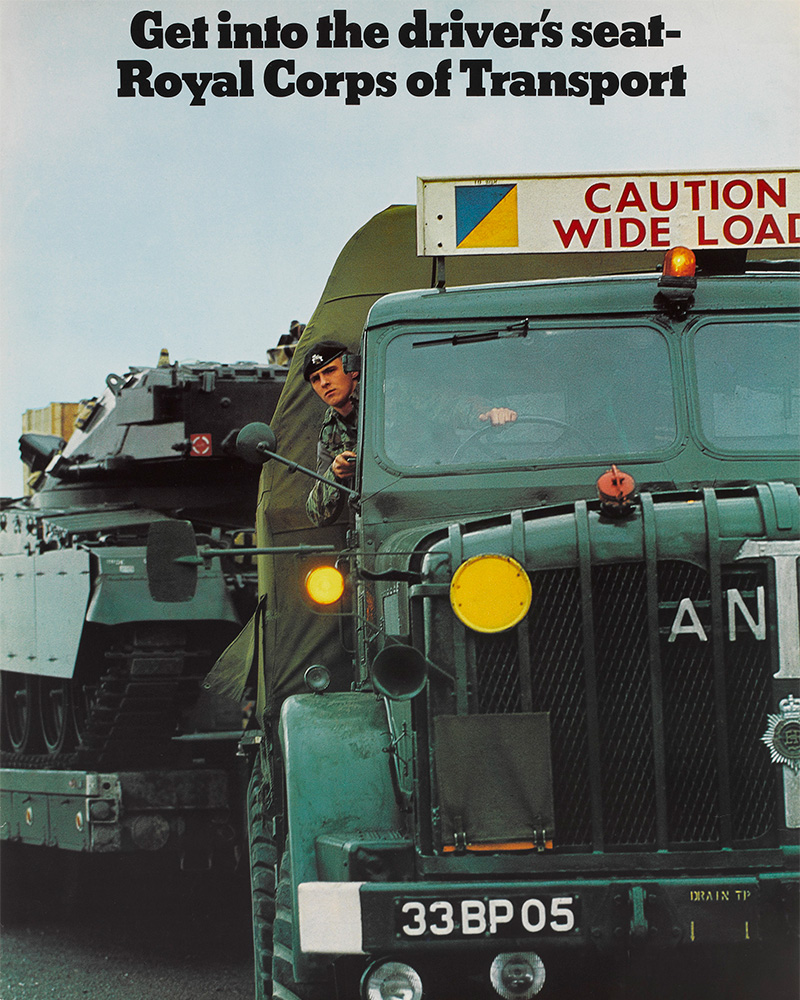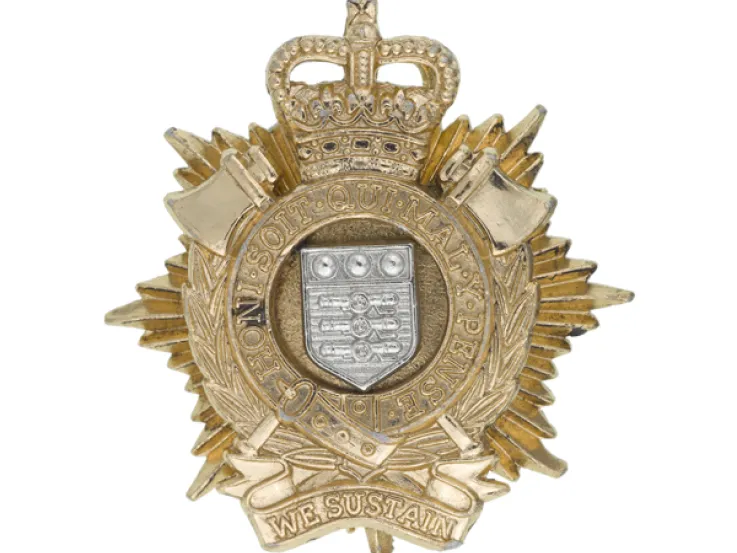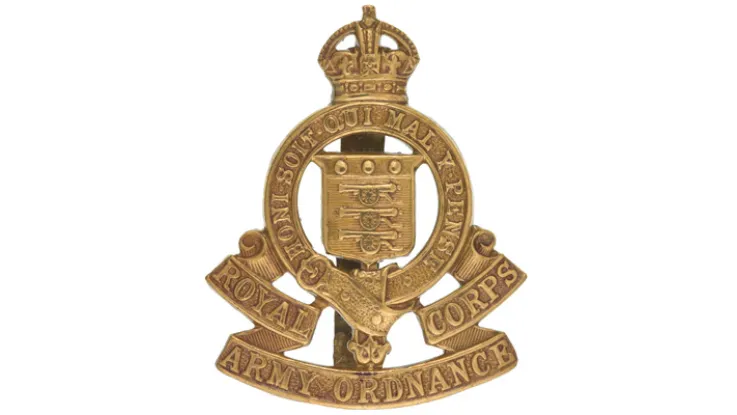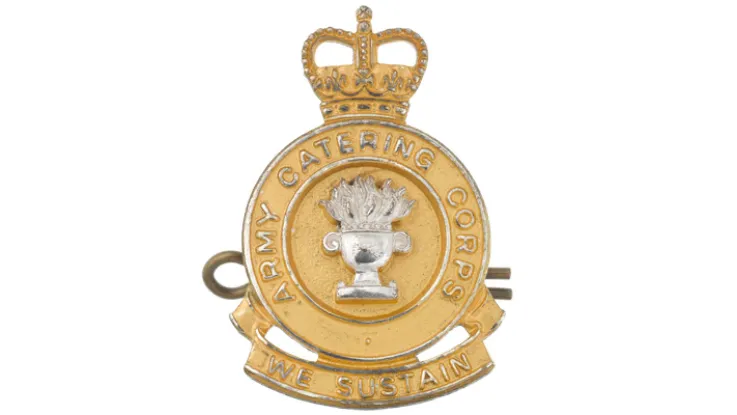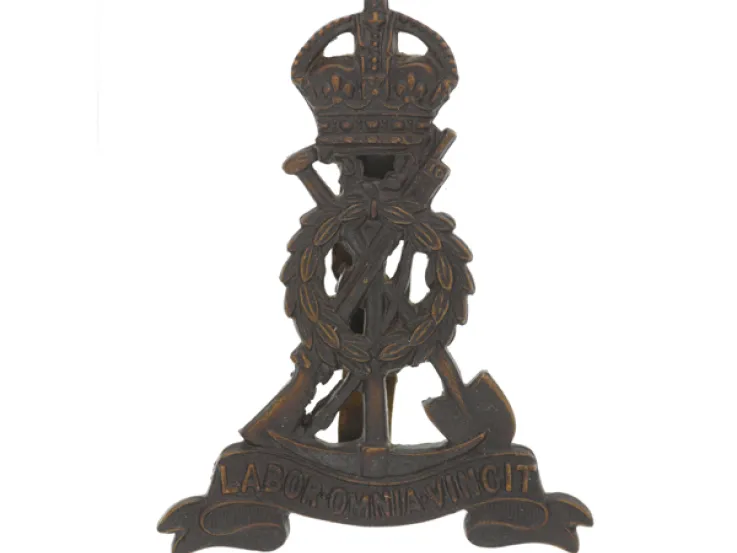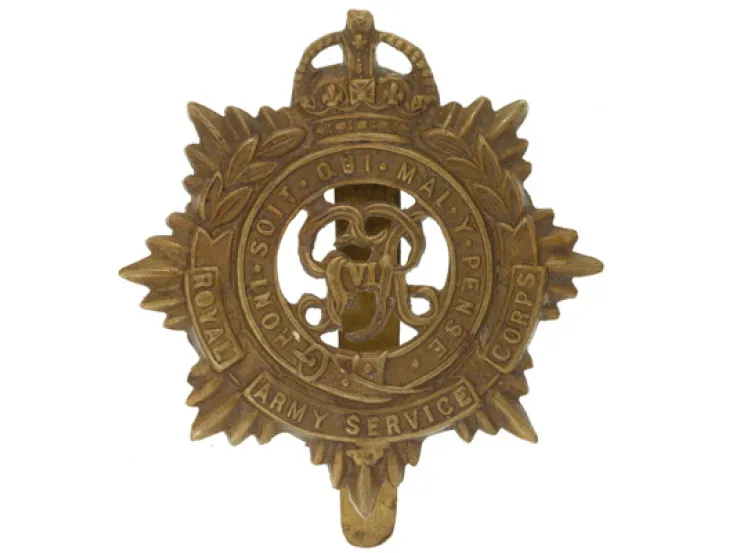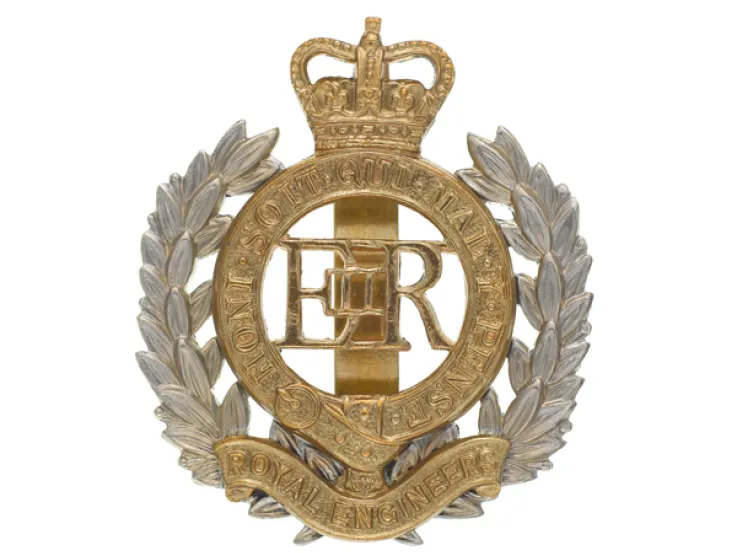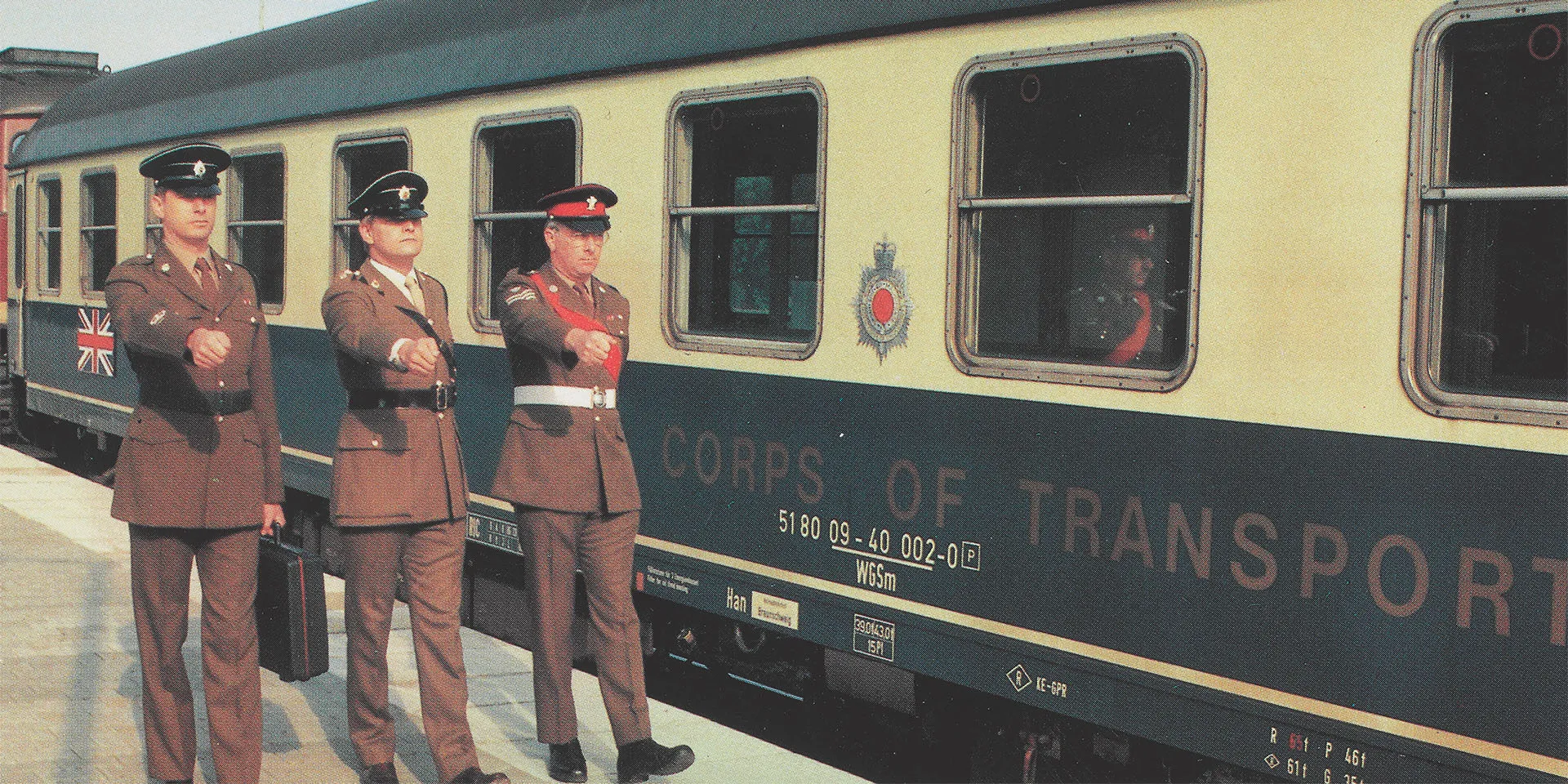
Royal Corps of Transport personnel of the British Military Train, c1980s
Origins
This unit was established in 1965 by merging the Transportation and Movement Control Service of the Corps of Royal Engineers (RE) and the transport functions of the Royal Army Service Corps (RASC).
Its origins can be traced all the way back to the Royal Waggoners, the Army’s first uniformed transport unit, which had been formed in 1794 and merged into the Army Service Corps in 1869.
Roles
The role of the Royal Corps of Transport (RCT) was to operate and organise motor vehicles, trains, landing craft, boats and aircraft for the transportation of Army personnel and materiel. It was made up several regiments whose names reflected their primary role, such as 7th Tank Transporter Regiment or 15th Air Dispatch Regiment.
For three decades, the corps deployed on almost every British Army operation at home and abroad, including Aden (1963-67), Northern Ireland (1969-1993) and the Falklands (1982).
Private soldiers of the corps held the rank of driver. But a range of different specialist trades and clerical roles were also available. RCT personnel were even deployed in special forces and intelligence roles.
During the Cold War (1945-89), one of the RCT’s responsibilities was the ‘Berliner’, a British military train providing a daily service between West Germany and the British sector of Berlin, passing through the Soviet zone.
In 1990-91, the RCT was heavily involved in the successful deployment, sustainment and recovery of the British fighting force during the Gulf War. This was the toughest logistical challenge the Army had faced since the Second World War (1939-45).
Legacy
In 1993, the Royal Corps of Transport was merged with several other corps to form the Royal Logistic Corps.
Regimental museums
The National Army Museum works with a network of Regimental and Corps Museums across the UK to help preserve and share the history and traditions of the Army and its soldiers.
Discover more about the Royal Corps of Transport by visiting the Royal Logistic Corps Museum near Winchester.

